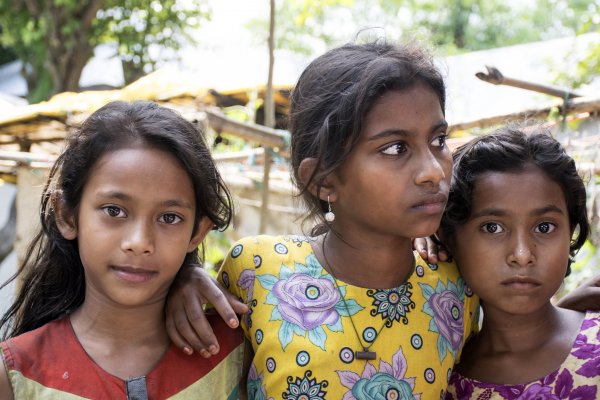Gender imbalance in visceral leishmaniasis clinical trials
Researchers have found that despite an ongoing trend for a decreasing proportion of males being enrolled in antileishmanial therapeutic efficacy trials over time, there are still 1.8 times as many males as females involved in clinical trials. A new systematic review and meta-analysis published today suggests that existing knowledge on drug efficacy is derived from a study population that is heavily skewed towards adult males. At the same time, substantially less is known about the optimal treatment response in female patients.

The study, Gender disparity in cases enrolled in clinical trials of visceral leishmaniasis: a systematic review and meta-analysis, identified 135 clinical treatment trials of visceral leishmaniasis (VL) published in the past 40 years (1980-2019) enrolling 32,177 patients of whom 21,193 (65.9%) were male and 10,984 (34.1%) female, overwhelmingly from high-burden countries of the Indian subcontinent and Eastern Africa.
While this kind of gender imbalance has been observed in this review and elsewhere for cutaneous leishmaniasis and in a post-kala-azar dermal leishmaniasis (PKDL) studies, it was not the same across the region and time. Researchers found a gradual increase in female enrolment over time which might be due to wider access to health facilities, diagnostic availability and improved literacy. Concurrently, researchers also observed a progressive reduction in mean duration of illness at clinical presentation over time – a metric that possibly indicates improved access to care or awareness or both.
A higher caseload of VL has been observed among males in several community-based surveys conducted in endemic settings. This systematic review highlights that such gender disparity is also observed in patients enrolled in clinical VL studies. This is thought to be due to the association of males with agriculture and construction, both sectors that involve frequent contact with the breeding sites of sandflies, a vector that transmits Leishmania parasites. It is also thought to be due to gender differences in treatment-seeking behaviour and differential access to healthcare.
Visceral leishmaniasis (VL) is a neglected tropical disease that currently has an annual estimated incidence of 50,000 to 90,000 cases in 2019 but the case burden used to be much higher. This drop is mostly the result of the ongoing elimination campaign that begun in the Indian subcontinent in 2005.
The Infectious Diseases Data Observatory (IDDO) is currently working towards collating and standardising VL datasets from several clinical studies included in this systematic review which could provide a valuable resource to understand if differences in treatment outcomes can be expected and what the underlying factors might be.
Dr Sauman Singh, Clinical Research Fellow at IDDO and one of the study co-leads remarked: “While we were able to quantify the degree of disparity in caseloads between males and females over different geographical settings and time-period, the elucidation of exact nature of such distribution requires access to screening logs of patients from clinical trials and access to individual participant data (IPD). Now, that is a huge challenge! The IPD database collated by IDDO, in collaboration by major VL research institutes around the world, is therefore a unique resource not only for exploring the distribution of caseload in a more granular way but also for delineation of the impact of gender on early and late therapeutic outcomes.”
To date, the IDDO VL clinical trials library has indexed 180 therapeutic efficacy studies since 1983. The library is a living systematic review, and the database is continually updated every six months in accordance with the Preferred Reporting Items for Systematic-Reviews and Meta-Analyses (PRISMA) guidelines.
